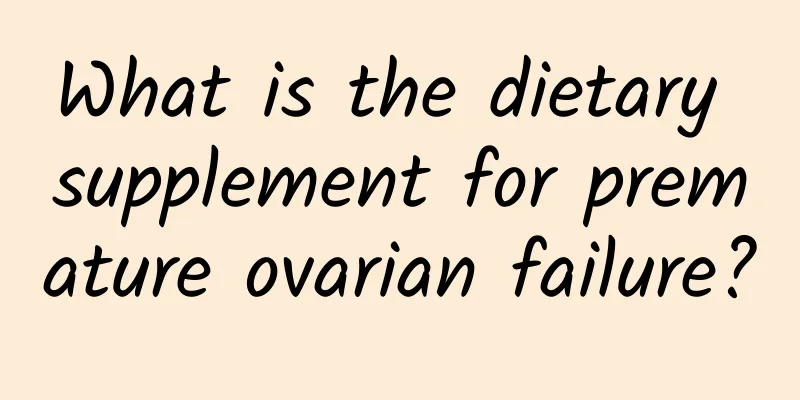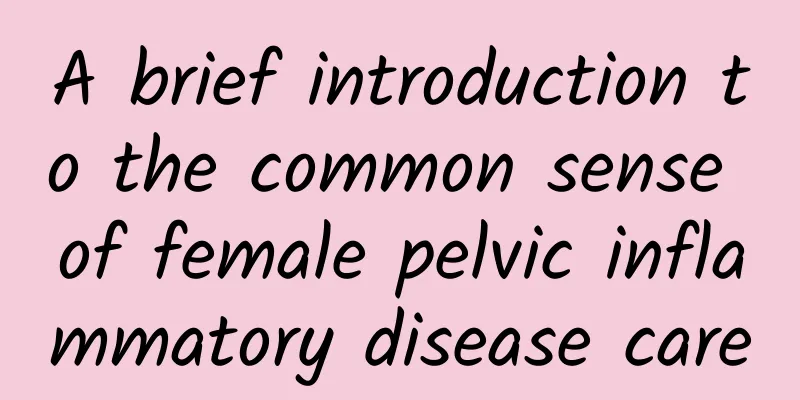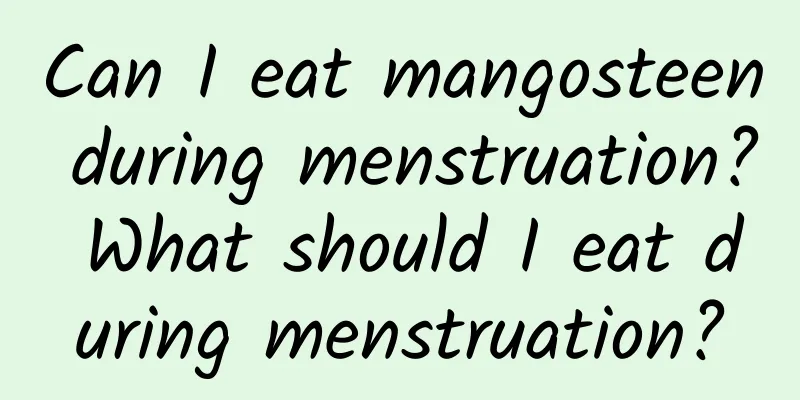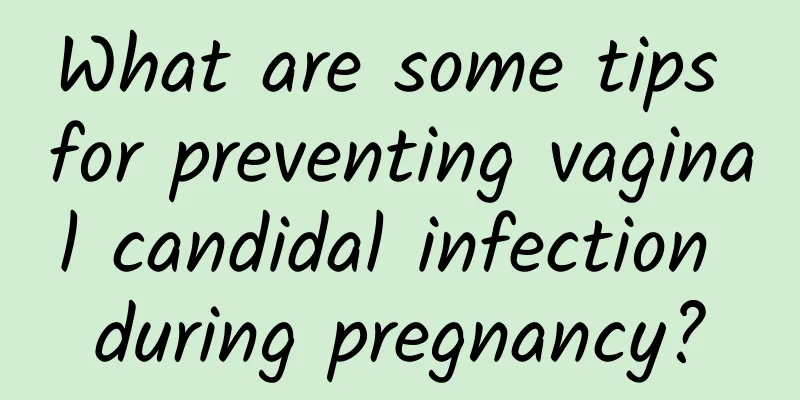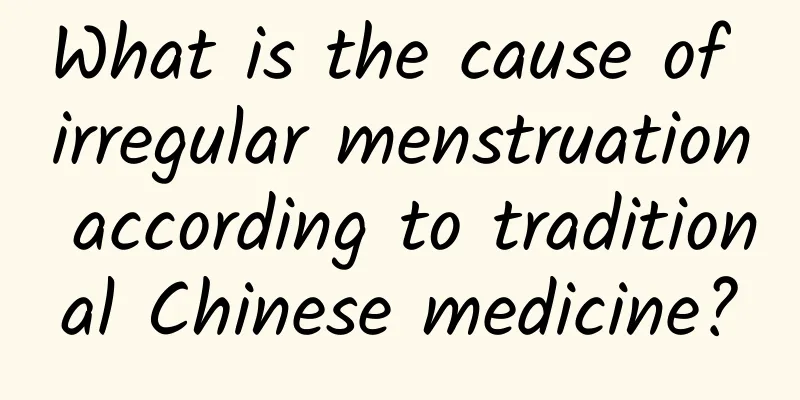Kong Qiang, who suffers from diabetes, laments: "My organs are being eaten away." Is the lunch box also to blame? Nutritionist: 6 tips for healthy bento
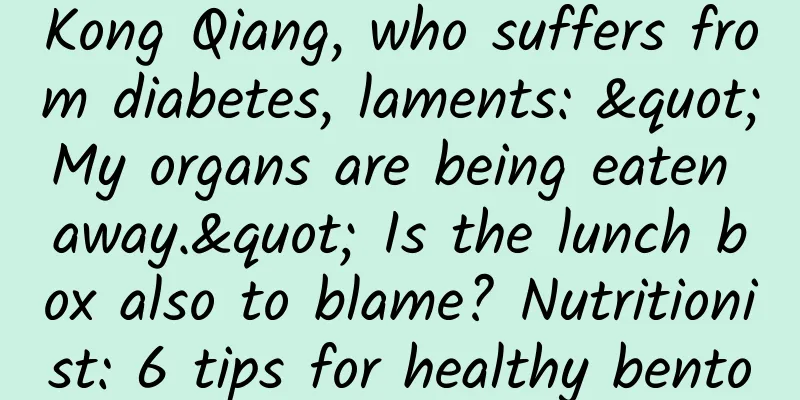
|
Will eating bento for a long time really cause illness? According to media reports, the 64-year-old well-known band teacher Kong Qiang has suffered from diabetes in recent years. He also advised everyone not to delay treatment if they are sick: "It will eat away all the organs in the body!" Kong Qiang said in an interview recently that he eats more than 500 lunch boxes a year because he is too busy and has no time to take care of it. Gradually, he feels that diabetes is like the body is a sugar water, soaking the organs in the sugar water, and after soaking for a long time, they are ruined and cannot be recovered. "He also lamented, "I got this disease from eating too many bento boxes!" Can disease be caused by eating too many bento boxes? Nutritionist You Weiming from the Nutrition Department of Catholic St. Martin's Hospital said that the number of people seeking medical treatment for diabetes in Taiwan is as high as 2.42 million, which means that among Taiwan's 23 million people, one in every 10 people has diabetes. In fact, commercially available bento boxes contain many incorrect food combinations, and the proportions of ingredients are often incorrect, which often causes blood sugar levels to soar to more than 200 mg/dL after meals. Eating them for a long time will increase the risk of diabetes. If the store that sells the lunch boxes that Mr. Kong Qiang eats every day does not have the guidance of a nutritionist, and he eats a lot of lunch boxes over a long period of time, he may just fill himself up but lose his health. Wrong combinations and NG behaviors when eating bentoNutritionist You Weiming said that bento can be said to be an economical and affordable meal for the general working class in Taiwan, but the reason why the more bento you eat, the less healthy you are is because of what is in the bento! The wrong combination of bento is excessive starch and too many processed products. The bento already has white rice, but the side dish grid is filled with starchy foods such as vermicelli, pumpkin, corn, and rice blood. This will cause high blood sugar after the meal and lack of dietary fiber, vitamins and minerals. In order to save the cost of bento, stores may use processed products such as noodles, sausages, bean dates, black beans, tempura, etc. to increase the size of the bento. This makes the bento look very filling, but in fact it creates a metabolic burden on the body when eaten. Even worse is the NG behavior, which is to drink a glass of soda, hand-shaken drink, sports drink, etc. after a meal. Not only does it exceed the calorie limit, but it also contains a huge amount of sugar. Of course, in the long run, it will greatly increase the risk of diabetes. The relationship between dietary proportions and diseases【Key figures】 In Taiwan, one person dies from diabetes every 55 minutes, one person is diagnosed with colorectal cancer every 32 minutes, and one person dies from heart disease every 26 minutes. According to the National Health Administration of the Ministry of Health and Welfare's 2013-2016 National Nutrition and Health Status Change Survey, 38.0% of adult men and 46.6% of adult women have waist problems, 25.3% of adult men and 19.4% of adult women have obesity problems, and 99.8% of adults aged 19 to 64 consume less than 1.5 cups of dairy products per day, 91% of adults consume less than 1 serving of nuts and seeds, and less than 3 servings of vegetables. 86% consumed less than 2 servings of fruit, 86% consumed less than 2 servings of fruit, 53% consumed more than 6 servings of beans, fish, eggs and meat, 49% consumed more than 3 bowls of whole grains, and 39% consumed more than 5 teaspoons of fat (the above recommended intakes are the average of the recommended intakes of the six major food groups). This shows that many people have an unbalanced diet, which leads to health problems such as excessive calories and nutrient imbalance, resulting in chronic diseases. According to the World Health Organization (WHO), insufficient intake of fruits and vegetables causes approximately 14% of gastrointestinal cancer deaths, 11% of ischemic heart disease deaths and 9% of stroke deaths worldwide. Eating adequate amounts of fruits and vegetables can prevent chronic diseases such as heart disease, cancer, diabetes and obesity. Healthy eating bento conceptHealthy eating bento concept. (Photo provided by nutritionist You Weiming) In recent years, healthy bento shops have sprung up, and boiled meals that claim to be low in oil and salt are quite popular among the public, especially those with chronic diseases such as diabetes, hypertension, hyperlipidemia, and obesity, who hope to eat healthily and stay away from obesity and the three high chronic diseases. The concept of healthy bento is explained in two parts: First, the nutritional value of food lies in its natural original state. For example: baked sweet potato vs. sweet potato crisps. The former is rich in dietary fiber that can promote intestinal health. It is also rich in vitamins and minerals that can promote metabolic health. The latter is subjected to high temperature and over-processing, and the nutrients are almost lost and destroyed, leaving only empty calories. Second, the nutrient ratio of the bento. The recommended nutrient ratio for one meal is 50%~60% carbohydrates, 10%~20% protein, and 20%~30% fat. People can adjust the nutrient ratio according to their own nutritional needs. Those who need to control blood sugar can reduce the carbohydrate intake to 50%; those who need to prevent muscle loss can increase the protein intake to 20%. Nutritionist You Weiming added that healthy bento also contains important minerals and vitamins depending on the ingredients used. For example, scrambled eggs with tomatoes vs. garlic spinach. The former is rich in lycopene and iron, while the latter is rich in chlorophyll and calcium. Therefore, the ingredients of healthy bento should be changed every day to obtain a balanced intake of the nutritional value of various natural foods. Nutritionist shares "6 tips for healthy lunch box eating"Nutritionist You Weiming reminds us that in order to prevent the occurrence of diseases and meet the nutritional needs of most people, nutritionists share "6 tips for eating healthy lunch boxes": "A glass of milk every morning and evening, a fist-sized piece of fruit at each meal, a little more vegetables than fruit, the same amount of rice as vegetables, a palmful of beans, fish, eggs, and meat, and a teaspoon of nuts and seeds." Eat smart on my plate and stay healthy. (Photo provided by nutritionist You Weiming) By implementing it in your daily diet, or choosing the healthiest lunch box that suits you best and putting in local, original, and diverse foods according to the grid, area, or proportion, community residents can obtain balanced nutrients to promote physical health and reduce the risk of various chronic diseases. No matter which type of healthy lunch box supply you choose, you should increase or decrease the food portion according to the conditions of most diners. For example, those who control their blood sugar can reduce the amount of starch and fruit, those who are obese can increase the amount of vegetables and reduce the amount of starch, and those who are growing up can increase the amount of protein. If there are special groups, such as the elderly and those with poor teeth, you can also ask a nutritionist to guide the store to adjust the type, texture, portion and nutrient ratio of the bento. |
Recommend
How to use drugs rationally for endometrial tuberculosis
We all know that if a woman develops endometrial ...
Say goodbye to belly fat~ Clothesline exercise to strengthen waist and abdomen
Feel like you'll never lose weight? You keep ...
What are the causes and prevention methods of premature ovarian failure?
Abnormal menstruation, skin deterioration, hair l...
How to tell if you have had a miscarriage
Miscarriage is a common condition in early pregna...
What are the nursing measures for pelvic inflammatory disease?
What aspects should be paid attention to in the c...
How to recover after uterine fibroid surgery? How to recover after uterine fibroid surgery?
Uterine fibroids are common benign tumors of the ...
Women should understand the examination and diagnosis of adnexitis
Among the gynecological diseases in women, adnexi...
Diagnosis details of postmenopausal bleeding
Generally, women who have stopped menstruating fo...
What is chocolate ovarian cyst? What disease should be differentiated from it?
Patients with ovarian cysts should actively treat...
8 tips for losing weight! Stay healthy and don't gain weight
An effective and healthy way to lose weight is to...
How to take good care of yourself after suffering from adnexitis
After suffering from adnexitis, I believe everyon...
Brief analysis of common precautions for nursing patients with pelvic inflammatory disease
For patients with pelvic inflammatory disease, th...
Women should be more alert to the symptoms of pelvic inflammatory disease
As living standards improve, many diseases are be...
How can women prevent vaginitis?
Gynecological diseases are diverse, and vaginitis...
Submucosal uterine fibroids should be taken seriously
As the number of patients with uterine fibroids i...
